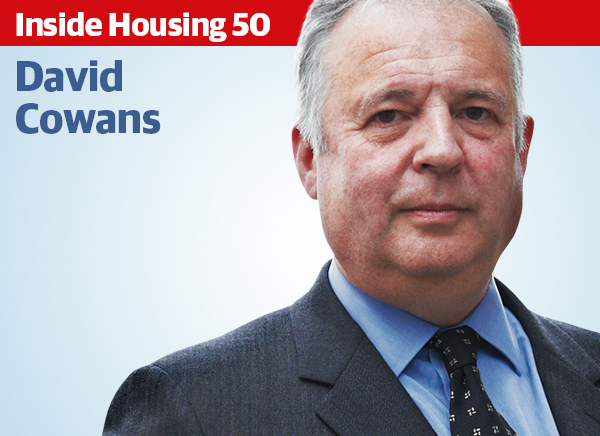The White Paper represents evolution not revolution
The White Paper signals the end of an assumption that the market would right itself, but the measures announced are weak, says Emma Maier
Our housing market is broken.
These are the words that communities secretary Sajid Javid used to introduce his speech on the government’s Housing White Paper to parliament this week.
This remark, though obvious to those working to provide affordable housing, is significant. It confirms the end of the previous government’s approach that assumed the market would right itself, that private developers were the answer, and that laid the blame for insufficient housing growth at the doors of council planners and housing associations.
Instead, the White Paper, like recent speeches by Mr Javid and housing minister Gavin Barwell, sought to strike a tone of partnership; of each sector and each organisation playing its part.
This didn’t extend to politicians - after Mr Javid’s speech, questions descended into party political sniping, despite both declaring housing an issue of national importance, deserving of a cross-party commitment.
Mr Javid did his best to position the White Paper as a radical new solution. In reality, it is evolution not revolution. It presented little in the way of new ideas, instead consolidating existing thinking. Government shied away from more ambitious moves, such as scaling up direct commissioning.
Though ministers finally recognised the growing role of the private rented sector, the measures set out are weak. There is little there for current renters, with potential increases to tenancy length applying only to new build-to-rent properties.
And having trailed the possibility of increasing flexibility on green belt land, ministers backed away from the idea in the face of opposition. The Brexit vote that created the new government and the rethink on policy also thwarted progress in this controversial area - the prime minister can’t afford to split her party at this time.
For associations, the paper provides confirmation of flexibility on Starter Homes, warm words on their contribution to build-to-rent, the prospect of improvement to planning, and the promise of a new rent settlement post-2020. Councils meanwhile are thrust into the limelight, with measures to hold them to account for housing delivery, balanced with resources and powers.
A cynic might argue that government is preparing to devolve blame. Powers include the ‘use it or lose it’ compulsory purchase order that would allow them to take land away from under-performing developers, and an explicit endorsement for council-owned development companies (though there is a sting in the tail, in the form of a warning that any social or affordable rented homes would be subject to the Right to Buy - a clause ripe for challenge).
The greatest omission is lack of action to tackle land availability and pricing - something that fuels the landbanking on which government was keen to clamp down.
Government positioned the paper as the answer for ‘just about managing’ families. Mr Javid has set out his stall clearly: supply is the answer to affordability. But with no focus on affordable and social rent, and with the private rented sector measures focused on build-to-rent, those on lower incomes won’t feel the benefit any time soon.
Emma Maier, editor, Inside Housing









